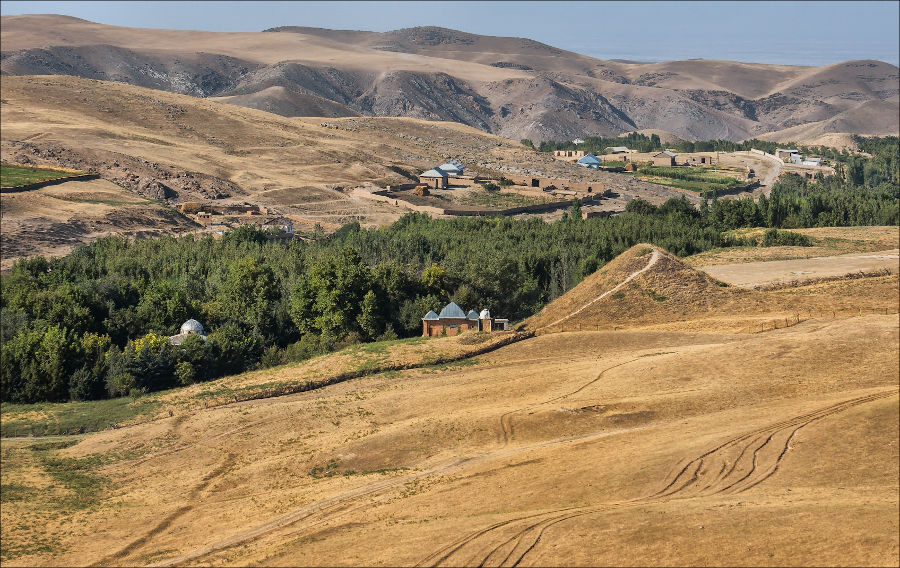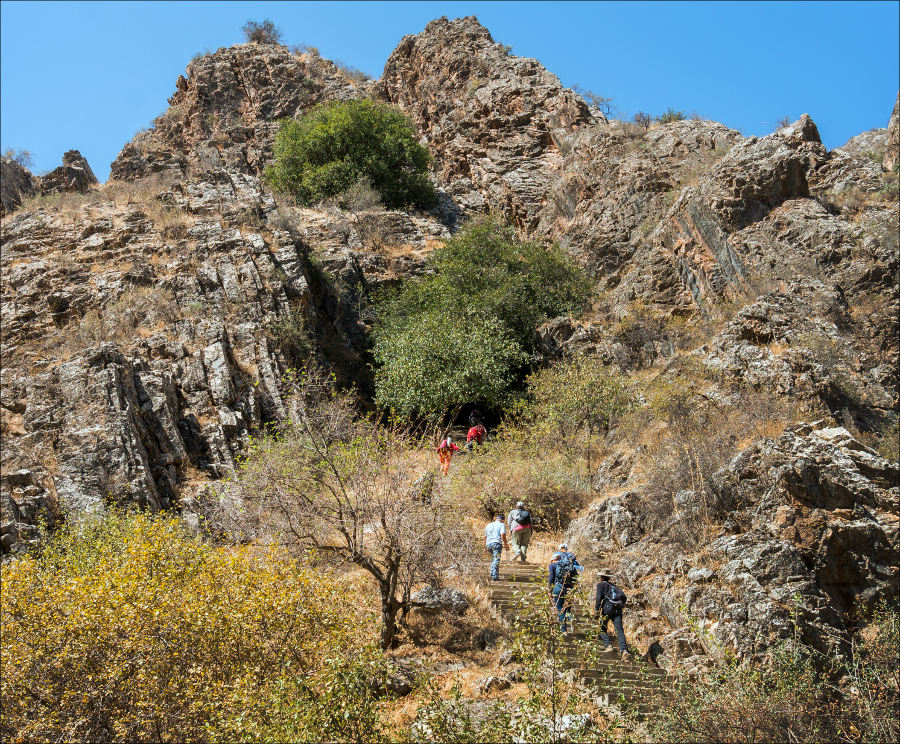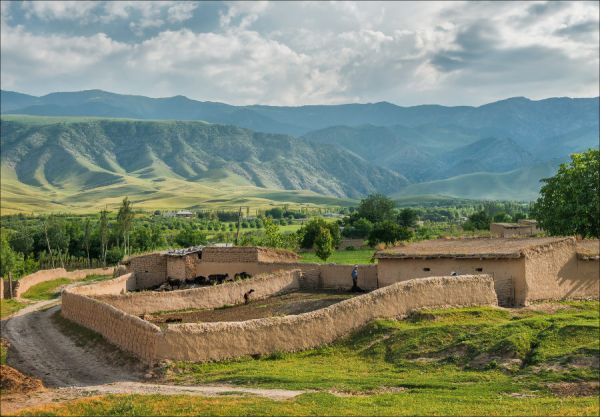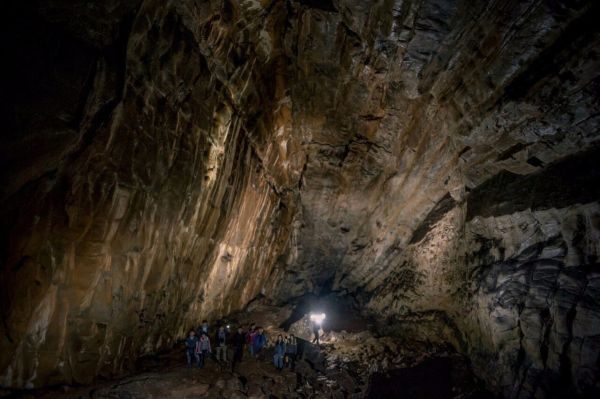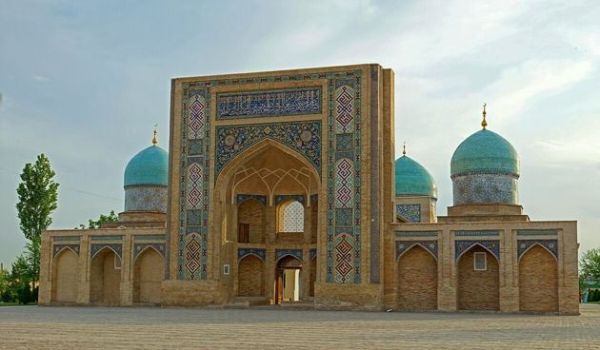Khujai Serob-ota Shrine and Peshagor Cave
September is one of the most enjoyable months for hiking and camping. The nature of the Jizzakh region is especially picturesque, where natural monuments are combined with ziyorat objects.
The Khujai Serob-ota shrine is located in the "green" corner of the Zaamin district of the Jizzakh region. The ancient cultural site is a popular place of pilgrimage and dates back to the 8th-12th centuries. The tomb of Maulana Muhammad (Serob-ota) Peshagori, a Sufi sheikh of the Naqshbandi order, is located on its territory.
Another feature of the shrine is that there is a "Fountain of Intent" filled with a variety of fish. People say that if visitors take a stone from a spring with sincere intention and make their innermost wish, it will surely come true. And, of course, after its execution, the stone must be returned to its place, as a sign of gratitude and hope.
The shrine has become a local landmark along with other religious sites in the Jizzakh region. Next to it is the ancient cave of Peshagor. The cave is located in the Peshagor gorge near the mountain village of the same name and is part of a natural complex consisting of four caves.The name "Peshagor" means "vestibule" or "entrance to the cave". It is the largest of all caves, and to get into it you need to go through the entrance, the size of which reaches 1x1.5 meters.
Then the entrance goes up at a steep angle. Inside you will find yourself in a small corridor, and at its end there is a manhole. Its length extends for two meters and leads to the first central hall. In the great hall you will encounter cave dwellers, bats and unusual fluorescent formations. At the end of the first hall there is an entrance to the second hall. Mysterious stalactites, mostly orange in color, will be waiting for you there. Behind the second hall there is an ascent to the third hall, its size is slightly smaller than the previous ones. The stones and clay in the hall are slippery.
Surprisingly, ancient people lived in the cave. This is evidenced by numerous artifacts and traces of vital activity. The walls and dome of the central hall are covered with soot. Vessels, household items, rock carvings, burials and bones dating back to the 4th century BC were found there.
The cave itself is quite deep, and there are more halls in its depths that have yet to be explored by speleologists. Near the cave there is a forestry, forests of wild pistachios and almonds grow, and there are also forest inhabitants such as partridges, jackals, porcupines, foxes and wolves.
Hikes and excursions are organized to the cave and the shrines. You will be able to visit unspoiled natural attractions, see the Zaamin National Park, the Malguzar Mountains of the northwestern spurs of the Turkestan Range, evergreen junipers and much more. Visit and see for yourself!
